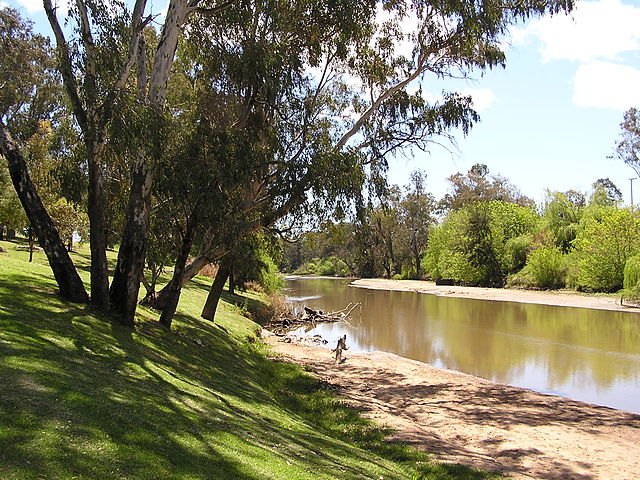The rates are characterized as “voluntary”, because electricity retailers in the state determine their own FITs every year within IPART’s range. The independent pricing regulator bases its benchmark on the expected value of electricity sold to the grid by PV systems. It said that it raised its suggested rates for 2017-18 on expectations that the supply/demand balance will tighten.
IPART encouraged electricity consumers and PV system owners to “shop around for the best deal,” as it sees FITs solely as an element in a broader electricity supply contract, along with considerations such as rates of usage, self-consumption levels and other terms and conditions.
“Feed-in tariffs are only one component of a retailer’s market offer and the retailer with the highest feed-in tariff may not provide the best deal overall,” said IPART Chair Dr Peter Boxall in an online statement, pointing to the Australian government’s Energy Made Easy website as a starting resource.
Australia’s cumulative installed PV capacity stood at roughly 5.6 GW by the end of 2016, according to statistics from the International Renewable Energy Agency (IRENA). And in late February, the Climate Council estimated the country’s large-scale solar pipeline at about 4.7 GW, with more than 1 GW set to come online in 2017.
Popular content
The non-profit organization estimated NSW’s cumulative installed solar capacity at roughly 1.31 GW of the national total by the end of November 2016, trailing only Queensland at 1.6 GW. It said the solar industry will likely provide more than 11,000 new jobs in the state by 2030.
However, while a number of large-scale projects are currently in development — including a 36 MW array near Griffith and a 55 MW installation near the town of Parkes — much of NSW’s rooftop PV potential remains untapped. Just 15% of homeowners have installed solar in the state, compared to an estimated 30% in both South Australia and Queensland, the Climate Council said, citing statistics from the Australian Photovoltaic Institute. However, John Bradley — chief executive of national industry association Energy Networks Australia — was quoted by the Australian Broadcasting Corporation last week as saying that he expects cumulative rooftop solar capacity to surpass current coal-fired capacity in New South Wales by 2030.
This content is protected by copyright and may not be reused. If you want to cooperate with us and would like to reuse some of our content, please contact: editors@pv-magazine.com.


By submitting this form you agree to pv magazine using your data for the purposes of publishing your comment.
Your personal data will only be disclosed or otherwise transmitted to third parties for the purposes of spam filtering or if this is necessary for technical maintenance of the website. Any other transfer to third parties will not take place unless this is justified on the basis of applicable data protection regulations or if pv magazine is legally obliged to do so.
You may revoke this consent at any time with effect for the future, in which case your personal data will be deleted immediately. Otherwise, your data will be deleted if pv magazine has processed your request or the purpose of data storage is fulfilled.
Further information on data privacy can be found in our Data Protection Policy.